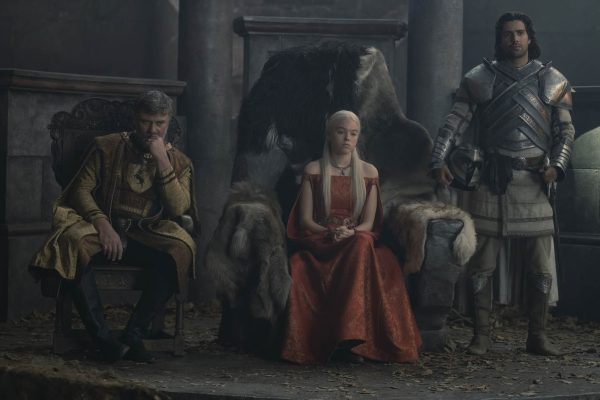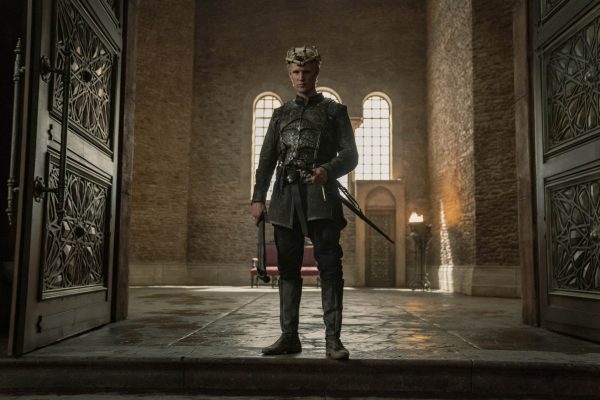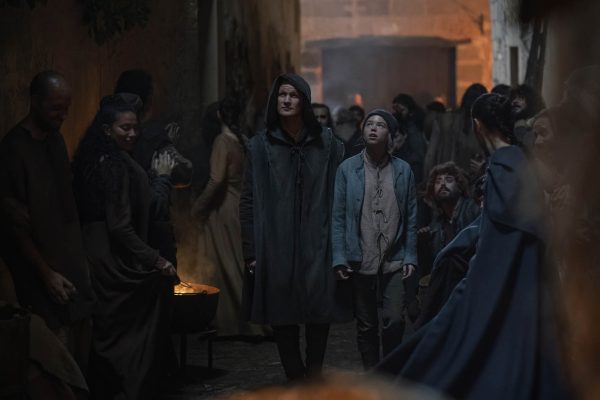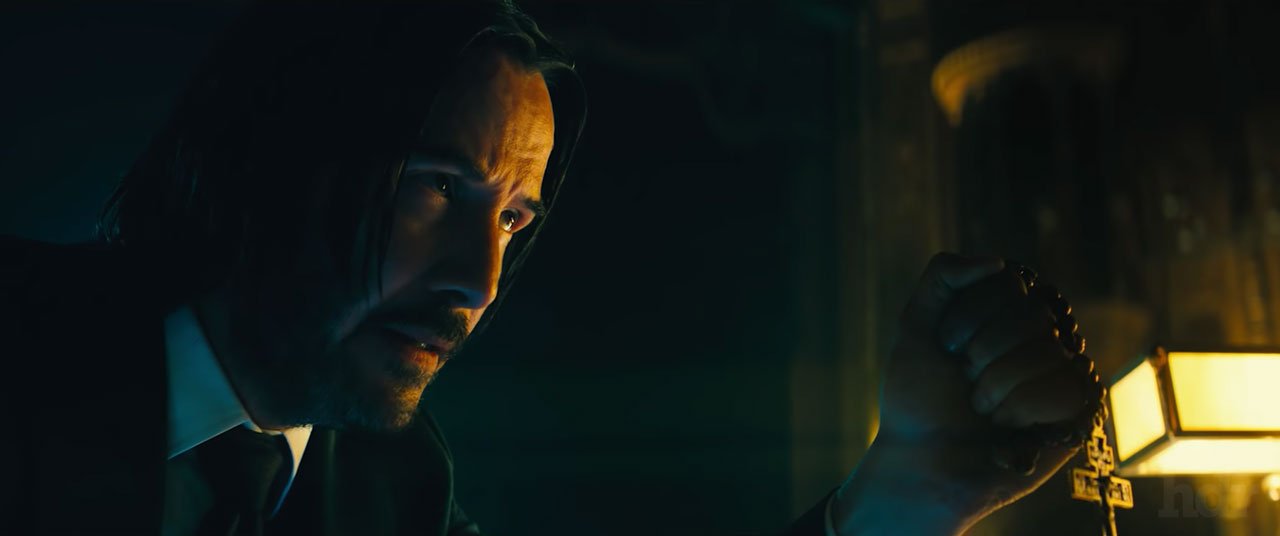
House of the Dragon’s fourth episode, The King of the Narrow Sea, feels like this spin-off season hitting its stride. Previous episodes seemed to brush over key characters and moments of introspection for the sake of maintaining a brisk pace to the show’s chronology. This week, meanwhile, feels like a much-needed chance for viewers to get more of the 1-1 interactions and intricate character showcases. While the absence of many secondary characters does hinder the overall variety of drama this week, the continuing dynamics between Rhaenyra, Viserys, and Daemon retake center stage, and the result is some of the most compelling character drama the series has presented thus far.

Mercifully, this week spares viewers another time jump, allowing the events of last week to flow far more seamlessly. Picking up with Rhaenyra bemoaning the long line of potential suitors from all manner of backgrounds, her dislike of the tedium and the absurdity quickly prompt a return to King’s Landing. While she admits that ending the tour early will anger her father, Rhaenyra’s assuredness is a welcome bounce back after her somewhat diminished confidence following Aegon’s birth. It shall be sad to see Milly Alcock bow out as ‘Young Rhaenyra’ after next week (it goes without saying reports of her and Emily Carey returning for flashbacks in subsequent seasons are most certainly welcome). Rhaenyra’s return to King’s Landing coincides with Daemon’s return, styling himself the eponymous ‘King of the Narrow Sea’ after his (abridged) victory in the Stepstones. The pomp and silent cockiness that Daemon exudes in these early scenes with Viserys is hilarious, though it is a shame he does not get any interactions with Otto Hightower, especially when Episodes 1 and 2 did such a great job at establishing the passive-aggressive rivalry between the two.

Aegon took up a substantial part of last week’s narrative and themes, however, he is all but absent from this week’s episode, glimpsed only once in Alicent’s arms. While a seemingly odd omission, it does allow Alicent greater opportunity to share the screen with Rhaenyra, in which her underlying discomfort at her marriage to Viserys is finally made clear. The mutual, unspoken agreement between the two estranged friends establishes the episode’s themes of agency and individuality very poignantly, and the showrunners have done a superb job in fleshing out Alicent’s character to add further layers of nuance to the episode’s central – and controversial – sequence. Mid-way through the episode, Daemon smuggles Rhaenyra out of the Red Keep and the two explore the slums of King’s Landing. The initial exploration is laced with the same uncomfortably flirtatious undertones that permeated the pair’s previous scenes in the premiere, and book readers will be squirming at what will inevitably follow. Daemon ends up leading Rhaenyra into a pleasure house, where the direction and camera work do a tasteful job of balancing what to show and what to obscure, centering the gaze of the scene from Rhaenyra’s perspective: one of curiosity but also one of inexperience.

The scene then proceeds to what is transpiring to be the season’s most controversial sequence yet. Daemon proceeds to seduce Rhaenyra, playing on her established desires of wanting to find a connection with someone exclusive from politics and family, and the consensual lines become exceedingly blurry as Rhaenyra begins to reciprocate the foreplay. Daemon, however, refuses to go through with the act, leaving Rhaenyra to relieve her sexual frustration by inviting Criston Cole into her bed. To hammer the scene home, Rhaenyra’s sexual exploration is juxtaposed with Alicent being taken by Viserys, with shots highlighting her lifeless expressions as well as Viserys’ increasingly grotesque physical ailments. Overall, the sequences are void of the lewdness or excessiveness that made Thrones’ earlier nude sequences feel more indulgent than necessary. HotD’s showrunners have long professed that depictions of sexual abuse will not be shied away from, and the parallel between Rhaenyra and Alicent is tastefully done at furthering their respective arcs.
Moreover, the sequence also answers the question of how the showrunners have gone about adapting not only the narrative – but the *themes* of Fire and Blood. George RR Martin places heavy emphasis on the concept of the unreliable narrator, with characters continually providing different accounts of key events, and Fire and Blood is written as if from the perspective of the Citadel’s Maesters, where the finer details of the political intrigue are mired in ambiguity. At this point in Fire and Blood, the Maesters recount two versions of events: one where Daemon took Rhaenyra against her will, and another where Daemon ‘teaches’ Rhaenyra about lovemaking, for her to impress Criston Cole. Other than enduring many scenes of uninteresting expository dialogue, this would not have made for entertaining television. Instead, the showrunners have opted to depict a new version of events (very much a hybrid of the reports in Fire and Blood). The show’s version of events foregrounds Rhaenyra’s perspective, showing her both as a victim of Daemon’s advances while developing a sexual agency she independently explores. This was the level of nuance I was not expecting from House of the Dragon, but it is most certainly a welcome addition.

King of the Narrow Sea exemplifies how the smaller, intimate scale of House of the Dragon can excel. While interactions with the expansive roster of supporting characters are limited this week, the show brings the spotlight firmly onto the interactions and dynamics between the central cast, culminating in another visually-arresting sequence that explores the prominent themes of gender roles, abuse, and intimacy in an excellent fashion. In both narrative and theme, this episode is the shake-up that I was waiting for since the premiere. As the series is gearing up towards the biggest jump forward in time yet following next week, I sincerely hope that the series doesn’t lose focus, and remembers why allowing characters an odd episode to breathe and interact can deliver some of the season’s best sequences.
Read: House of the Dragon Season One Episode 5 Review


















